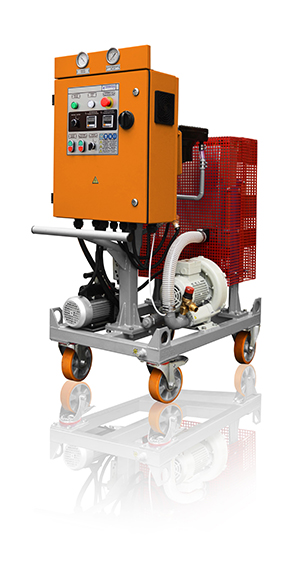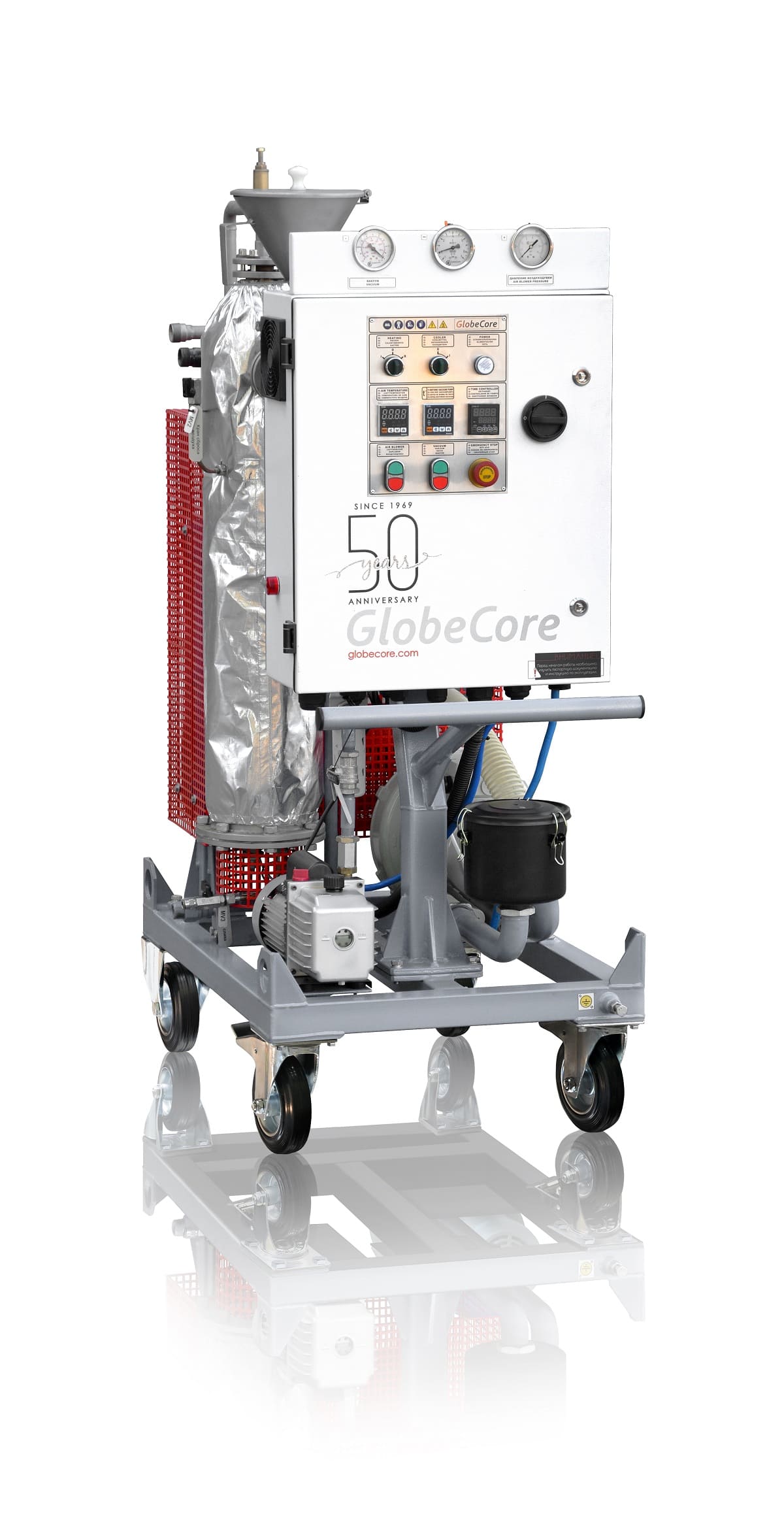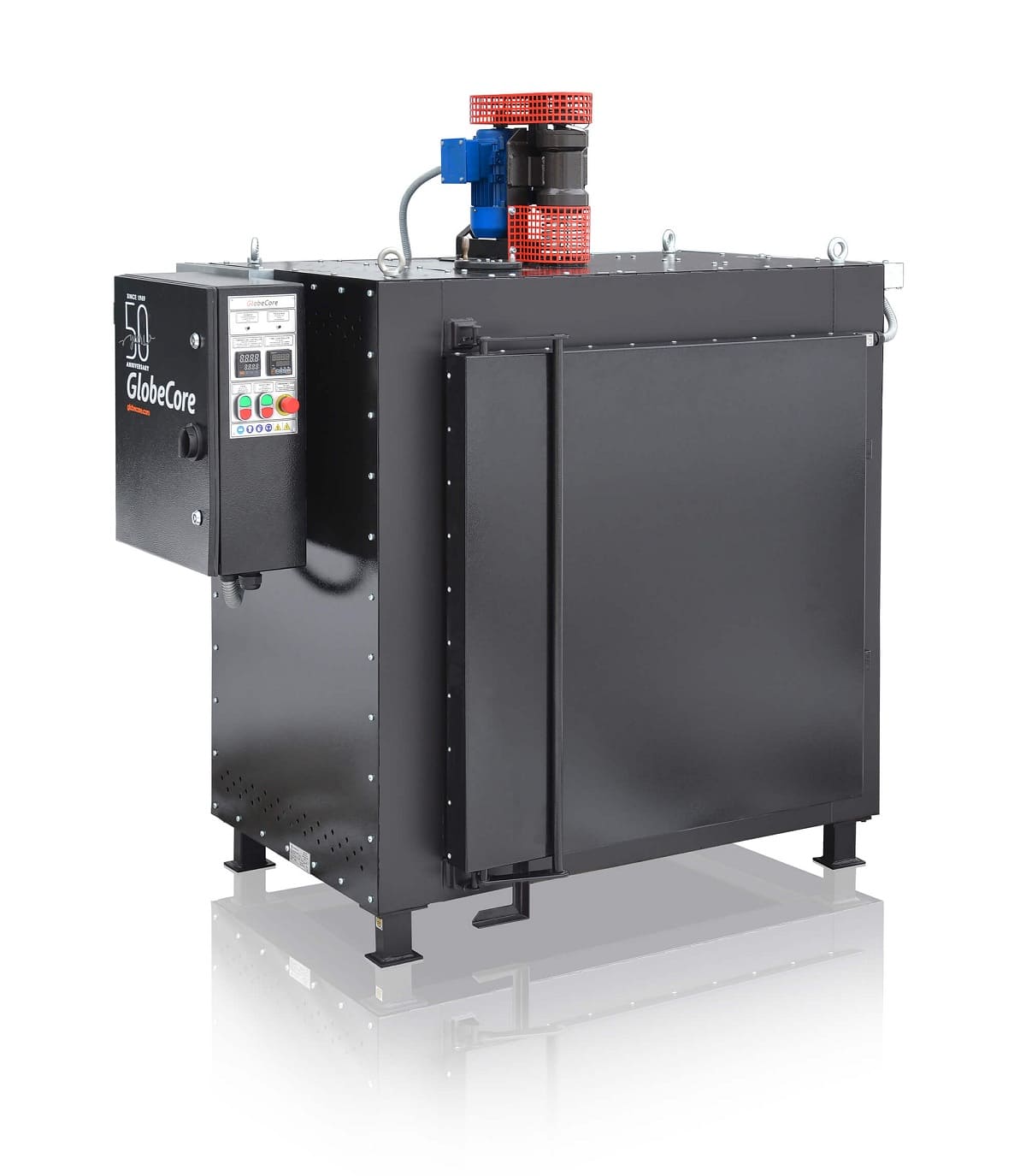How does zeolite molecular sieve regeneration work?
- This topic has 1 reply, 2 voices, and was last updated 1 year, 3 months ago by .
Answers
-
September 14, 2024 at 11:12 am by Pasquale Scarponi
Zeolite molecular sieve regeneration typically follows this process:
Depressurization (if PSA-based): Lower the pressure to release the gases that were adsorbed, such as nitrogen in oxygen concentrators.
Purge with Dry Gas: Use a stream of dry gas (such as nitrogen or air) to purge the molecular sieve bed and remove adsorbed molecules, like moisture or hydrocarbons.
Thermal Regeneration: Apply heat (150°C to 300°C) to the zeolite molecular sieve to desorb any remaining gases or moisture. The exact temperature depends on the type of zeolite and the nature of the adsorbates.
Cooling: Once the adsorbed materials are removed, cool the zeolite molecular sieve to operational temperature for reuse.
This cyclical process enables the zeolite to be used continuously without losing adsorption capacity.



